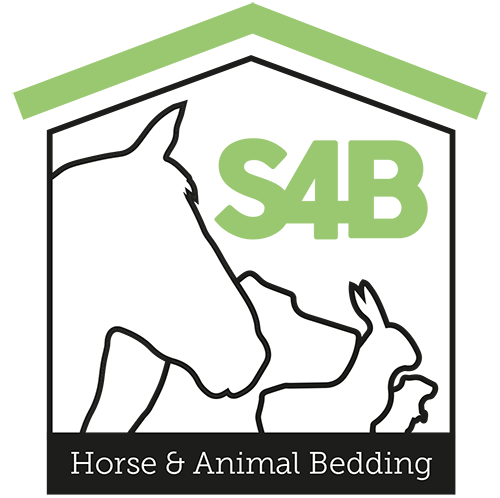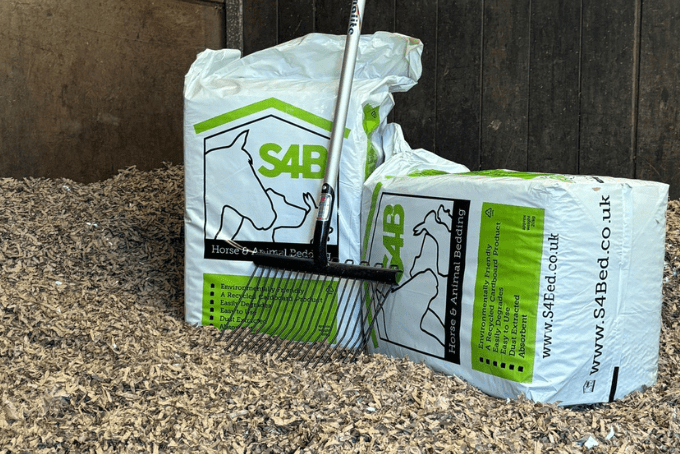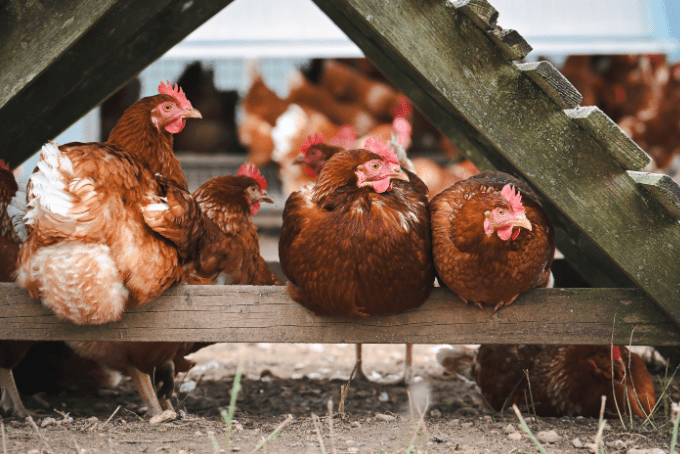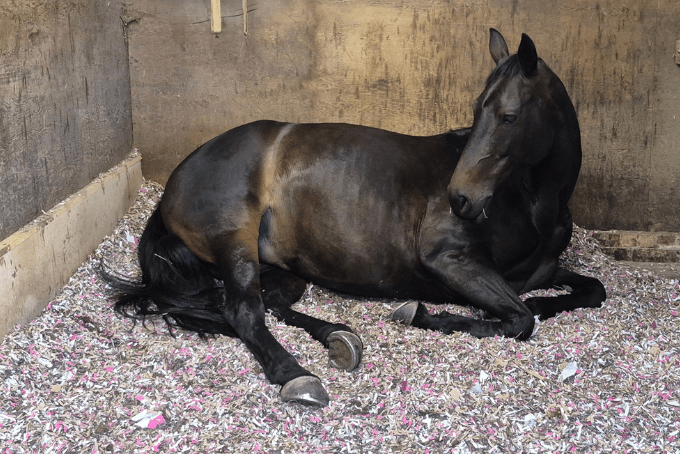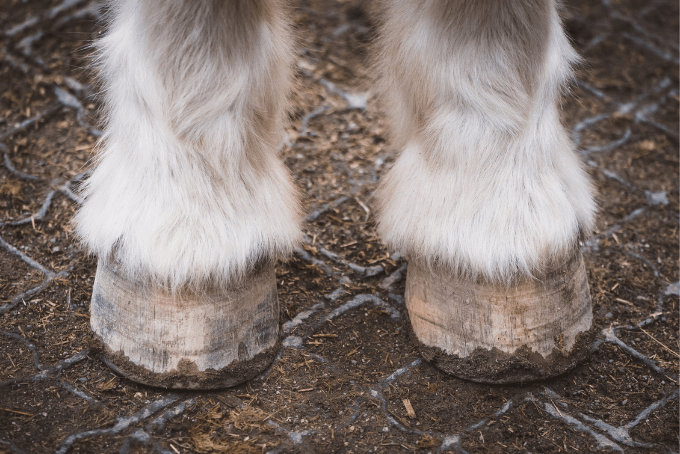
Managing Laminitis in Horses on Spring Grass
Managing Laminitis in Horses on Spring Grass
Spring is a beautiful time of year, but it can also be a challenging time for horse owners, especially those with horses prone to laminitis. Laminitis is a painful condition that affects the laminae, the sensitive tissues that connect the hoof wall to the coffin bone. When these tissues become inflamed, it can cause severe pain and lameness, which is why managing laminitis in Horses is key at this time of year.
One of the main causes of laminitis is overconsumption of lush, spring grass. This is because spring grass is high in sugar, which can lead to insulin resistance and laminitis. If your horse is at risk for laminitis, it is important to take steps to manage their grazing during the spring months.
Here are some tips for managing laminitis in horses on spring grass:
- Limit grazing time: If possible, restrict your horse’s access to lush pastures. You can do this by using grazing muzzles or by strip grazing.
- Provide alternative forage: Hay or haylage is a good alternative to spring grass. It is lower in sugar and can help to keep your horse’s weight under control.
- Feed a balanced diet: Make sure your horse is getting the right nutrients. This will help to support their overall health and reduce their risk of laminitis.
- Monitor your horse’s weight: If your horse is overweight, they are at a higher risk for laminitis. Work with your vet to develop a weight loss plan.
- Provide a comfortable environment: A comfortable environment can help to reduce stress and inflammation. This includes providing a soft, dry bed and a clean, well-ventilated stable.
The Importance of Soft Bedding for Horses with Laminitis
One important aspect of providing a comfortable environment for your horse is to choose the right bedding. Traditional bedding materials, such as shavings and straw, can be hard and uncomfortable for horses with sensitive hooves. This can put additional pressure on their feet and make their discomfort worse.
A soft, comfortable bedding, such as S4Bed recycled cardboard bedding, can help to ease the pressure on your horse’s legs and promote healing. S4Bed is made from 100% recycled cardboard, which is soft and absorbent. It is also dust-extracted, which can help to reduce respiratory irritation.
In addition to providing a comfortable bed, S4Bed can also help to keep your horse’s stable clean and dry. This is important for preventing the spread of bacteria and other pathogens that can lead to infection.
If you are concerned about your horse’s risk for laminitis, talk to your vet. They can help you develop a management plan that is right for your horse.
Here are some additional tips for preventing laminitis in horses:
- Regularly trim your horse’s hooves: This will help to improve blood flow and reduce pressure on the laminae.
- Avoid sudden changes in diet: This can upset your horse’s digestive system and increase their risk for laminitis.
- Provide plenty of fresh water: Dehydration can also increase your horse’s risk for laminitis.
- Monitor your horse closely: If you notice any signs of lameness or discomfort, contact your vet immediately.
By following these tips, you can help to keep your horse healthy and happy this spring.
